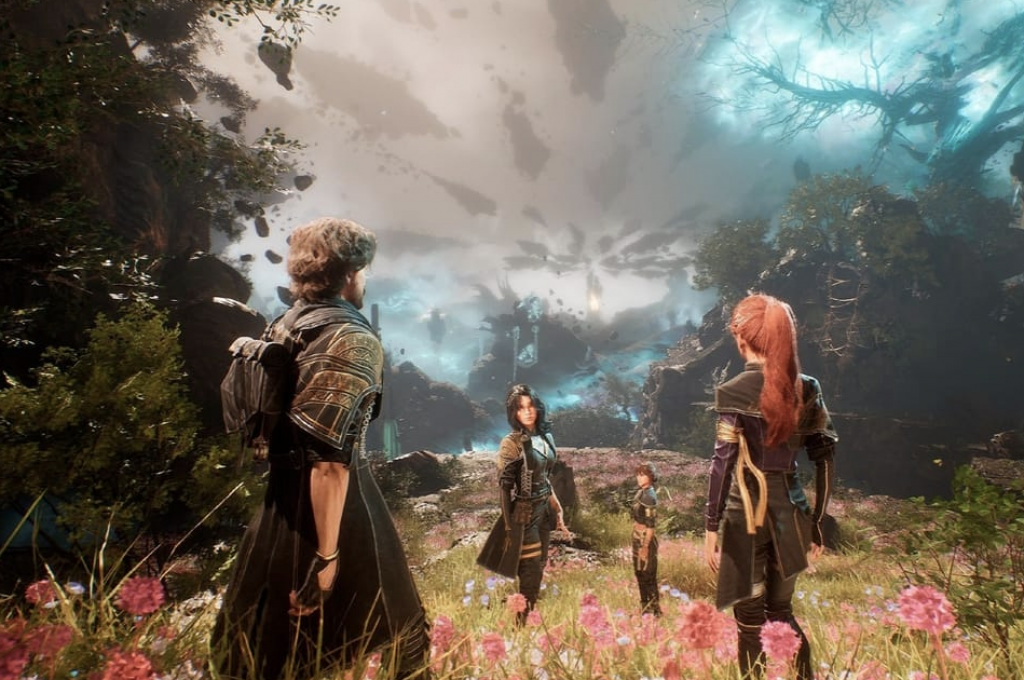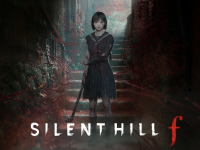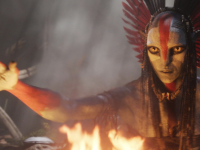 Sometimes a game comes along that feels like it’s been plucked out of nowhere, carrying itself with such confidence that you’d swear it was from a veteran studio. Clair Obscur: Expedition 33 is exactly that kind of surprise.
Sometimes a game comes along that feels like it’s been plucked out of nowhere, carrying itself with such confidence that you’d swear it was from a veteran studio. Clair Obscur: Expedition 33 is exactly that kind of surprise.
A French-developed RPG that blends painterly visuals, real-time combat, and a wonderfully strange world, it announces itself boldly and doesn’t apologise for being a little unusual. Granted, the lead design has come from an ex-Ubisoft dev – but brings NONE of Ubisoft’s rote development here. It is also about the only game that could drag me out of my most recent Baldur’s Gate 3 playthrough – high praise!
The first thing that strikes you is the look. Instead of chasing photorealism or the usual glossy fantasy aesthetic, Clair Obscur goes full dreamscape. It’s a watercolour nightmare, full of smeared horizons and impossibly intricate architecture, as if someone spilled oil paint and then decided to live inside it. Characters stand out like moving brushstrokes, each one leaning into the surreal style without feeling like sketches. It’s gorgeous, but not in a safe way – more unsettling and alien, which suits the tone perfectly. The setting? A stunning use of the Belle Epoque period of French history/art. I’ve never seen it in game form before and it helps the game strike out on its own even more.
The premise is just as strange. Humanity is trapped in an endless cycle of destruction brought on by the Paintress, an otherworldly figure who wipes out entire generations (or at least those of a certain age (descending down each year) with a single brushstroke. You lead Expedition 33, the thirty-third attempt to break that cycle, fully aware that thirty-two others have tried and failed. It’s heavy stuff, but told with a blend of melancholy and determination that avoids slipping into hopelessness. Instead, it feels defiant – even if the prologue’s cutscenes are enough to make you feel desolate and a little hopeless for a moment.
Combat is where the game really finds its identity. It’s turn-based on the surface, but timing and reflexes matter. Attacks require you to line up inputs or nail rhythmic prompts, while defence asks for quick reactions to parries or dodges. It’s a system that demands attention but rewards it with a satisfying sense of flow. You’re not just picking moves from a menu; you’re actively involved in making them land. The result is a battle system that feels alive, more like a duel than a spreadsheet. With that said – no game has made me feel hot rage like this system. Dark Souls might crush you repeatedly, but somehow this JRPG inspired setup as you carefully craft an attack only to whiff a parry and die causes a whole new grade of fury – and I love it. It is worth nothing you CAN turn it off for accessibility. You’ll lock out of certain scores and perfect parries/dodges but if you play for turn-based combat and the story it will lower your blood pressure a few bars.
The party system builds on that further. Characters aren’t just archetypes, they each bring unique rhythms and quirks to combat. One might rely on charged strikes that demand patience, while another requires you to juggle quick inputs under pressure. Switching between them mid-fight keeps things tense, and the synergy between abilities feels deliberate rather than bolted on. It’s tough, but when you get into the rhythm, it clicks in a way that makes you want to replay battles just to perfect your timing – and I did, I kept going back and back and back to train against the same enemies to find that rhythm, somehow happily grinding.
Outside of combat, exploration is more restrained but still compelling. The world is structured rather than sprawling, with contained areas that feel hand-painted rather than procedurally churned out. It’s not about scale, but density. Every corner holds a detail or a fragment of lore that adds to the atmosphere. There’s a deliberate pace to it, which won’t be for everyone, but it suits the vibe. Open world isn’t a necessity – despite what some devs seem to think.
Where the game stumbles is occasionally in clarity. The story leans into its surreal imagery so hard that it sometimes slips into vagueness, leaving you piecing together meaning rather than being told outright. For some, that’s part of the charm. For others, it’ll feel frustrating. Similarly, the combat’s reliance on precision inputs can make it punishing if you’re not in the mood for trial and error. There’s an intensity to it that demands focus you can’t just zone out and coast through, unless you change the settings as mentioned before – and even then you still need to think about your attacks.
But those rough edges are part of what makes Clair Obscur memorable. It’s not a game built to please everyone, and that’s refreshing. It has vision, it has style, and it refuses to dilute either. For an RPG in a crowded space, that’s half the battle won. By the time the credits roll, you don’t feel like you’ve been on a typical fantasy adventure. You feel like you’ve walked through a painting, fought for every brushstroke, and maybe even left your own mark on the canvas. It’s bold, strange, and frequently brilliant.
Author: Tom, Cardiff Store







